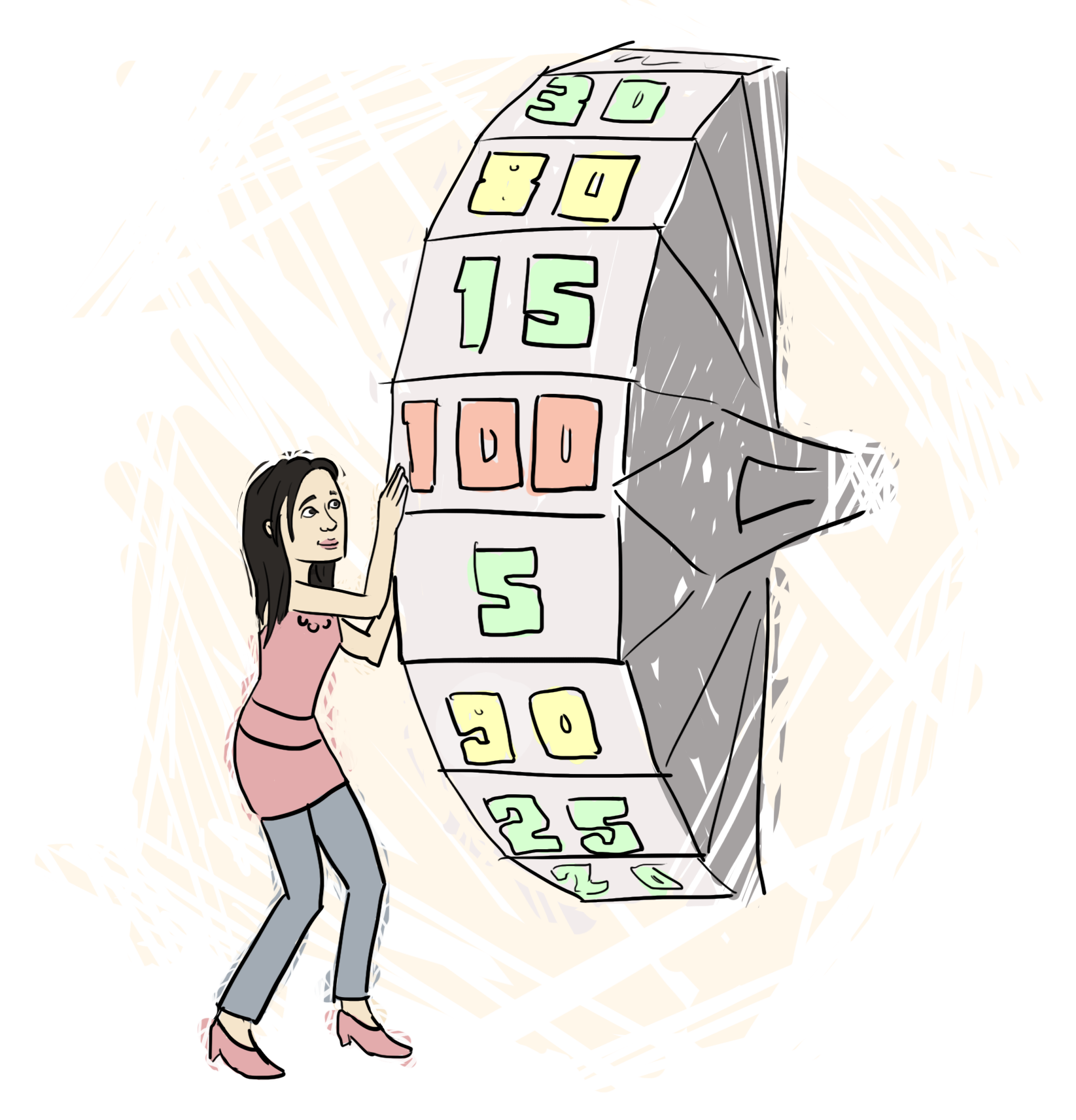In the early days of a startup, entrepreneurs have a tendency to make pricing their products or services much more complicated than it needs to be. Fundamentally, the price you charge is a function of value and competition. First, consider what kind of value you create for the customer. If it’s an enterprise, this should be a Return on Investment (ROI) calculation, or the amount of money you can save a company when it uses your product. Consumers are more complicated, as they value intangibles like luxury, status, brand, and entertainment value. Once you have a rough idea of value, use competitive and substitute offerings to triangulate a potential price range. Then consider where on that price range your product fits best. One great tactic to help uncover price sensitivity is to interview potential customers and ask them if they would use your product if it’s free. If they say yes, then ask if they would purchase it for an outrageous amount (such as $1 million). More often than not, your customer will say something like, “Of course not, there’s no way I would pay more than $150 for this.” Bingo, you’ve got your price!

